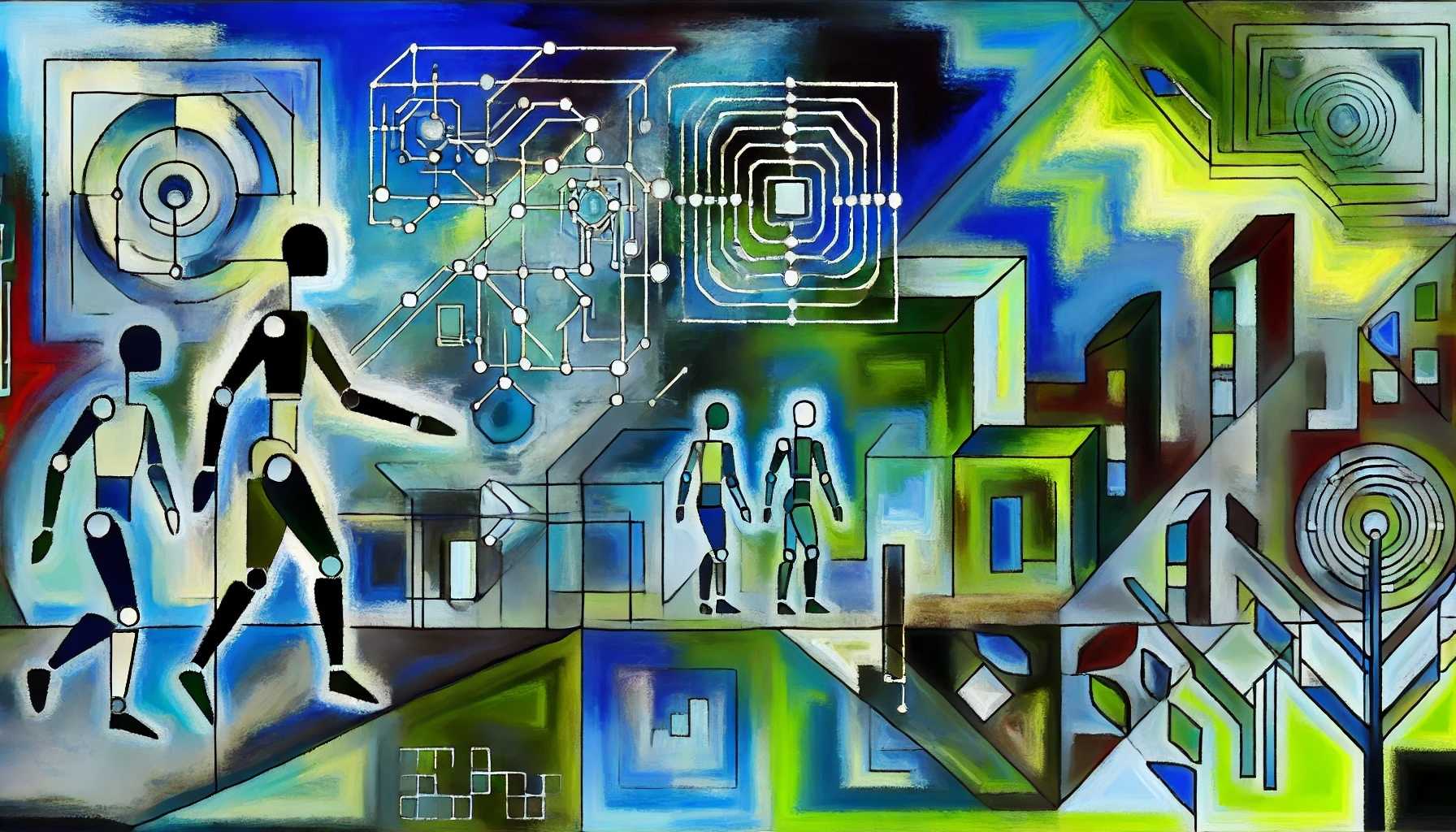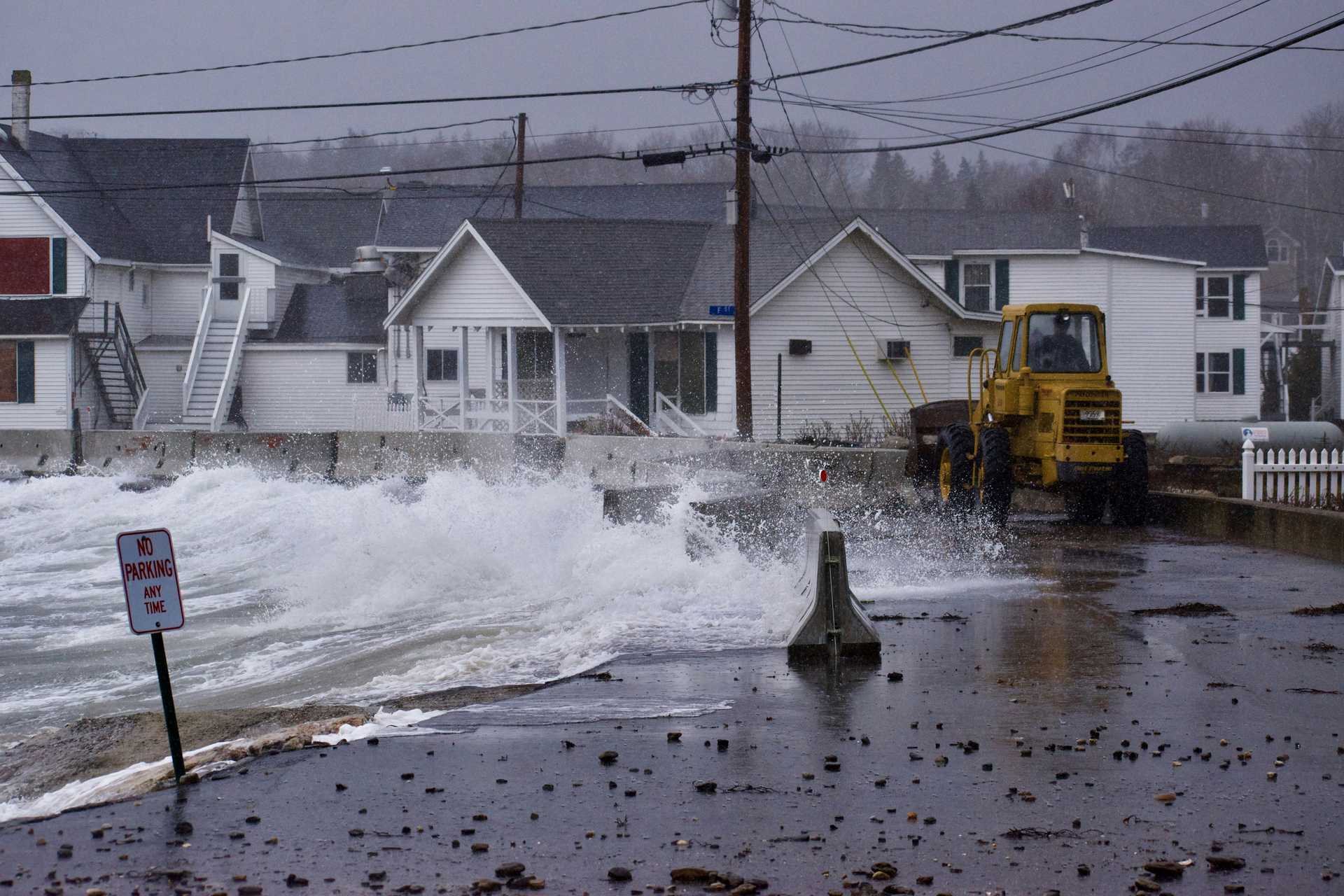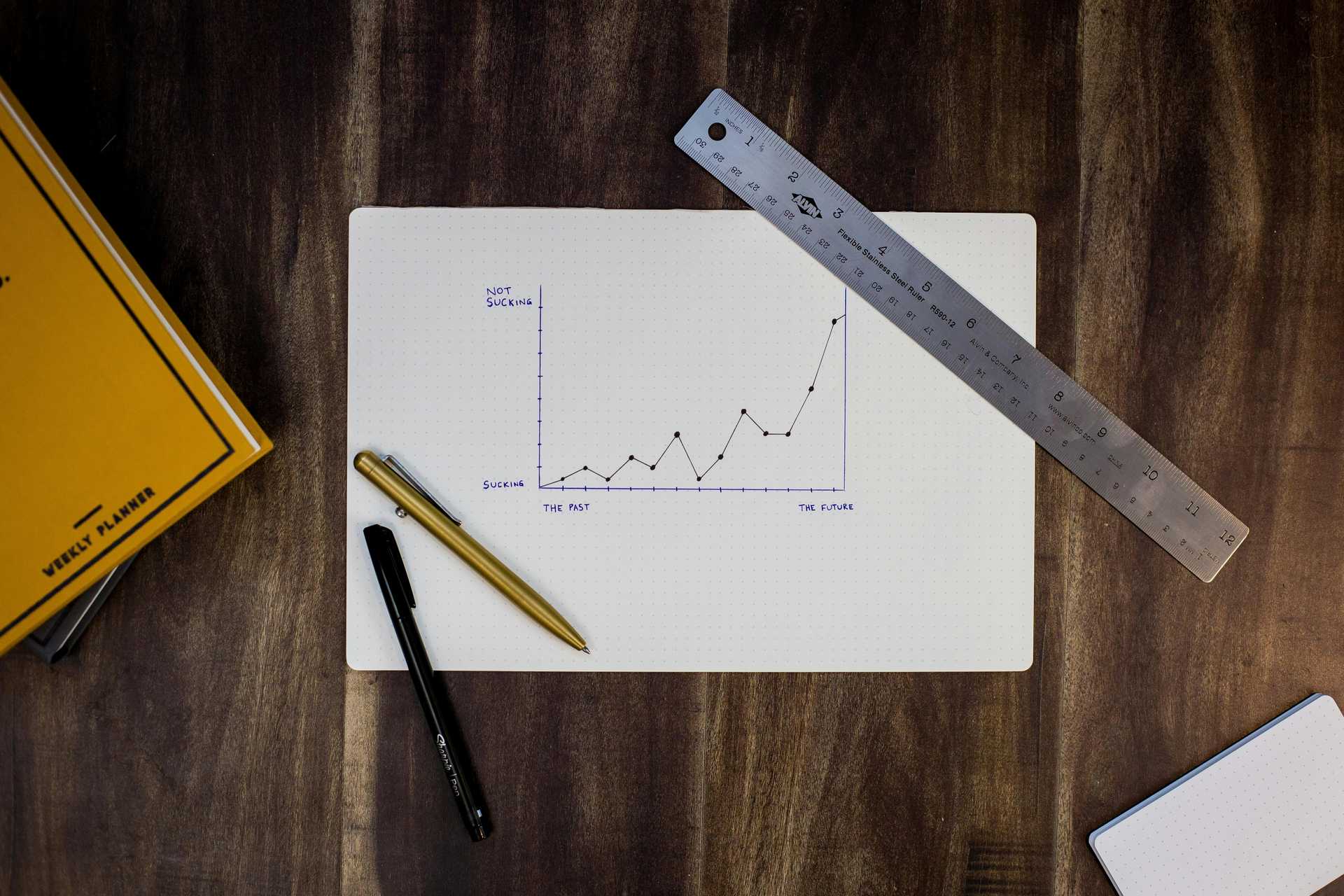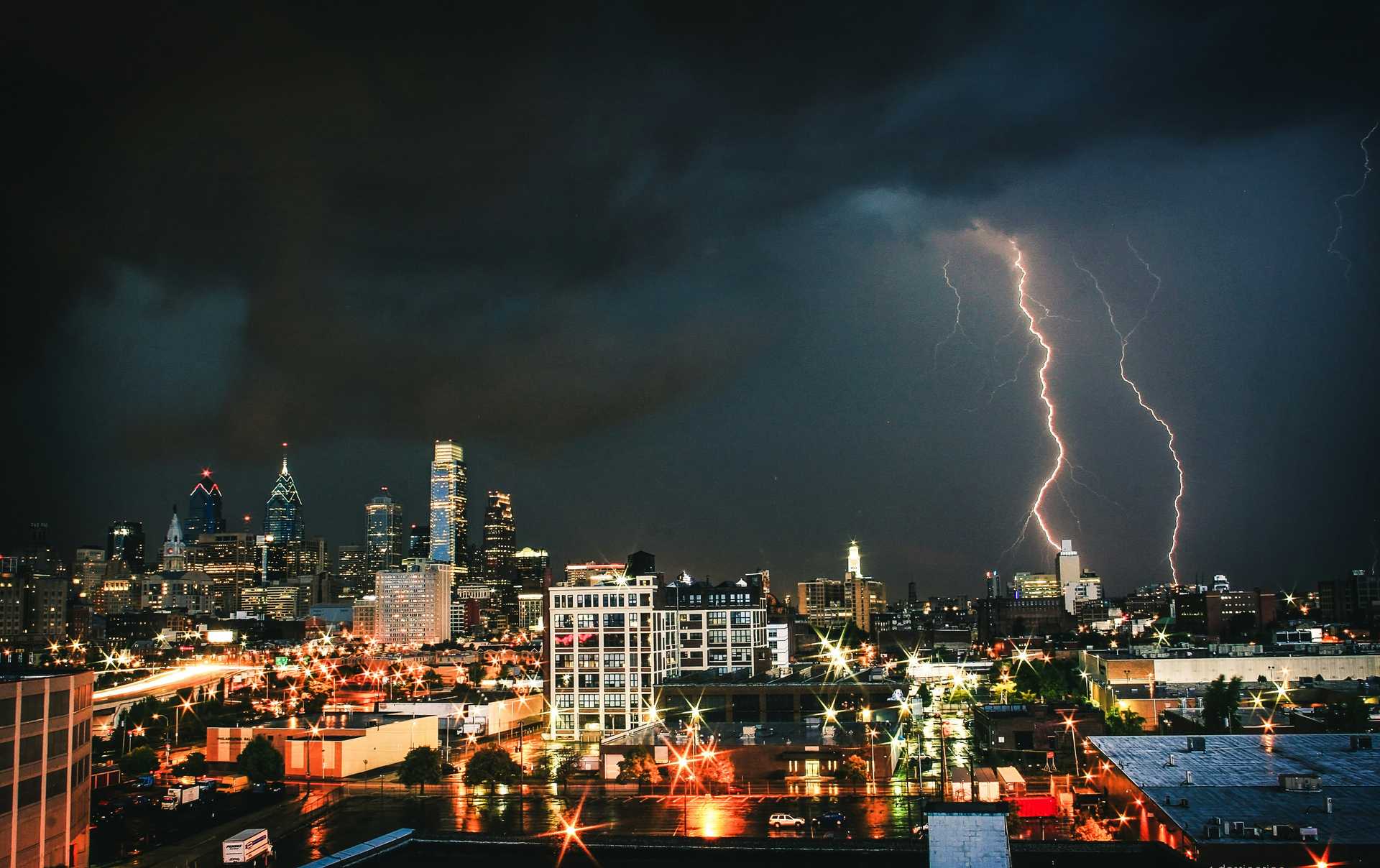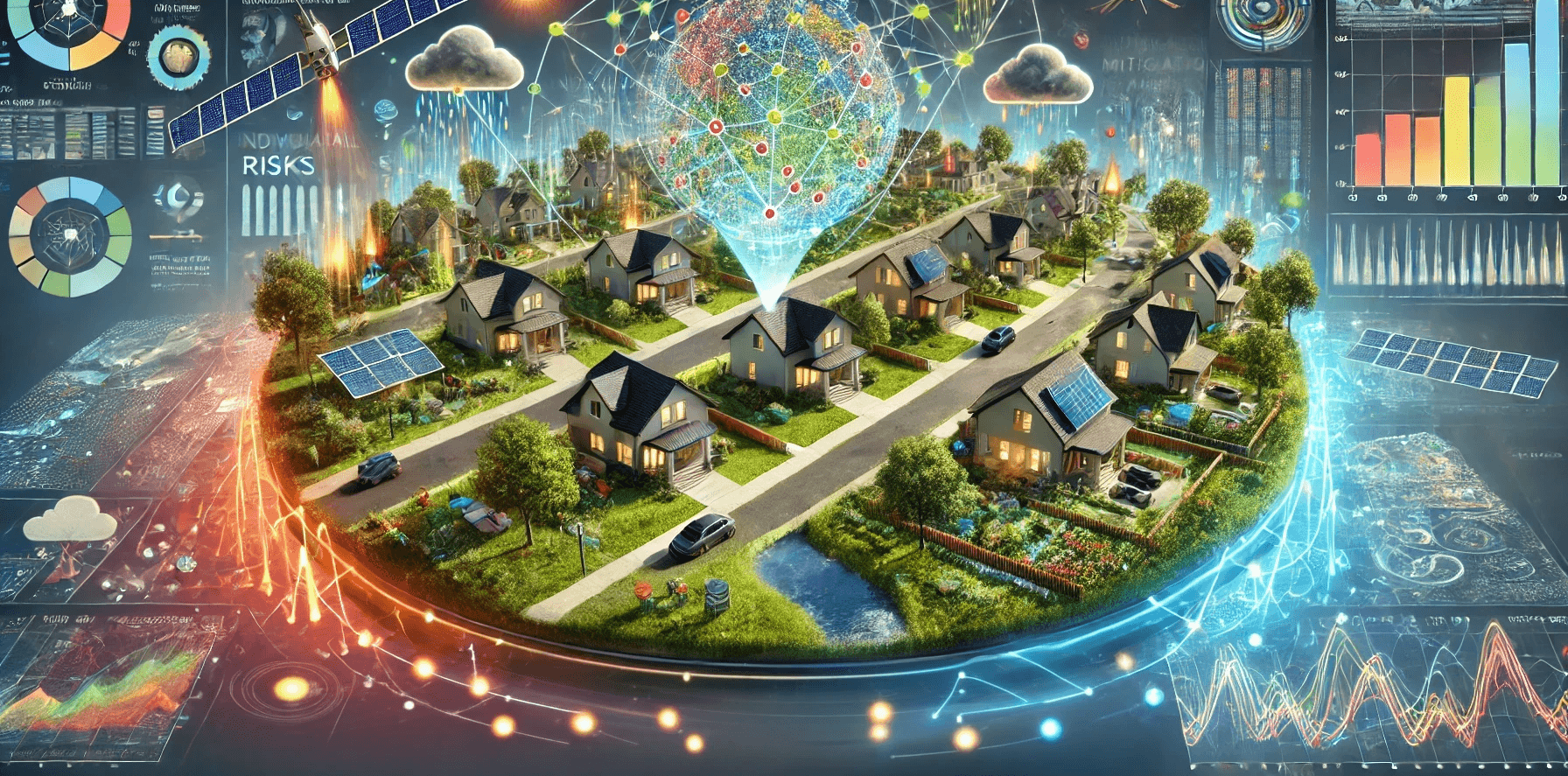
Predicting and reducing risk
From assessments to actions plans.
How likely? How soon? What impact?
The fastest growing area in adaptation tech today is risk analysis. Yet even as AI revolutionizes how we calculate and communicate the potential of future losses at the level of individual parcels, the next generation of tools for predicting risk also aim to help us manage it more actively. On the one hand, that means innovations that incorporate hyper-local, multi-hazard views of current exposure, and extending and refining models for generating long-term forecasts. On the other hand, new services that generate actionable plans for short-term responses to severe weather events will enhance adaptive capacities, enabling governments, companies, and residents to better prepare for and respond to extreme weather events. These technologies are democratizing access to sophisticated climate risk data, leveling the playing field for smaller cities and disadvantaged communities.
Yet even as risk prediction tools become more useful and widespread, there is a growing sense that AI innovation is too heavily focused on this relatively easy problem. Furthermore, while better risk information will drive needed shifts in residential and commercial real estate markets, reshape how cities invest in and operate their infrastructure, and support more effective managed retreat policies - the pace of change AI will enable threatens to outstrip capacity to deal with the social and economic disruptions that could result.
Personalized Insights
How might this trend shape your future? Generate a set of personalized insights to explore challenges, opportunities, and potential innovations. Simply select a sector, occupation, and target year — then press the button and let our AI do the work.
Generator Settings
Signals
Signals are evidence of possible futures found in the world today—technologies, products, services, and behaviors that we expect are already here but could become more widespread tomorrow.

